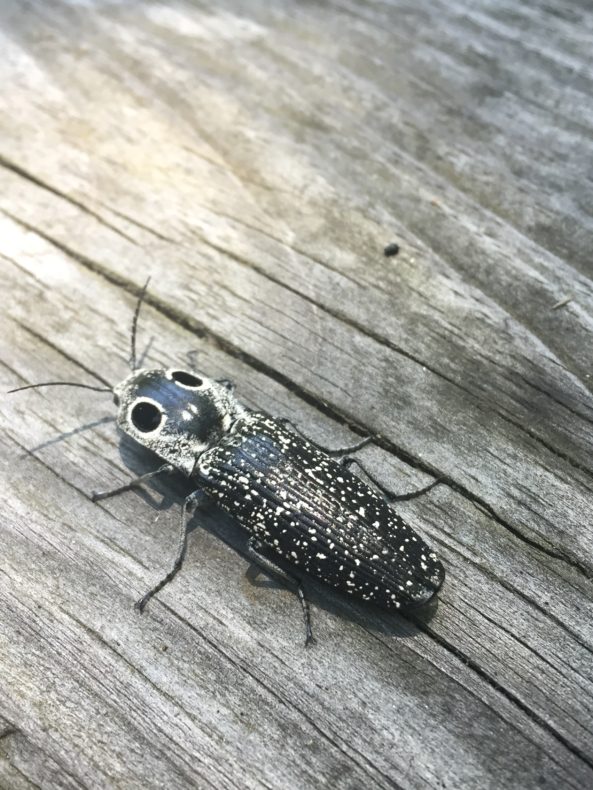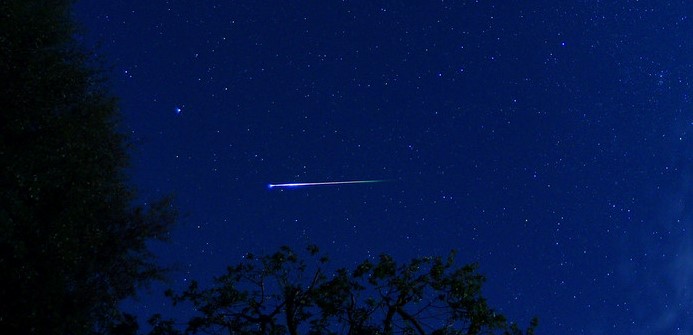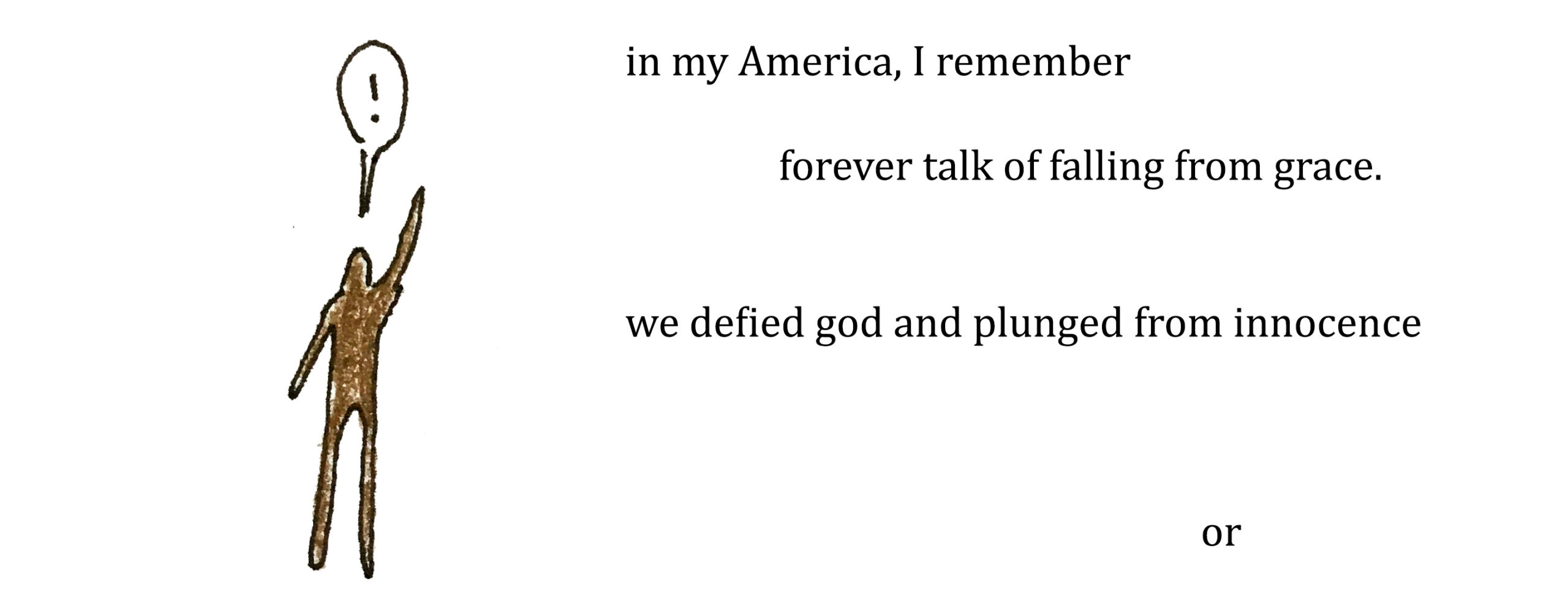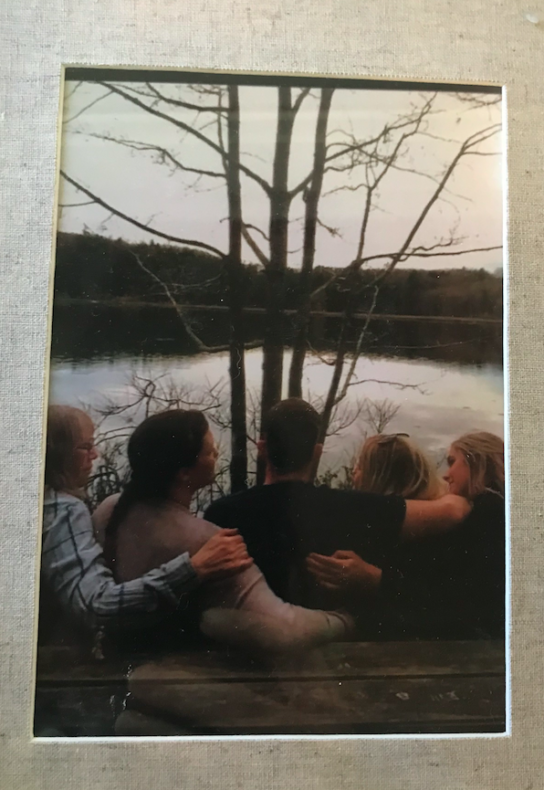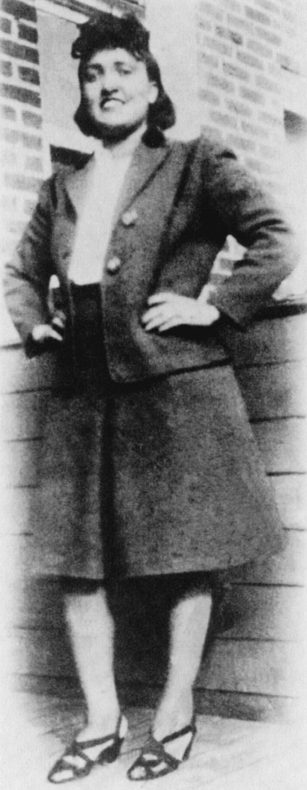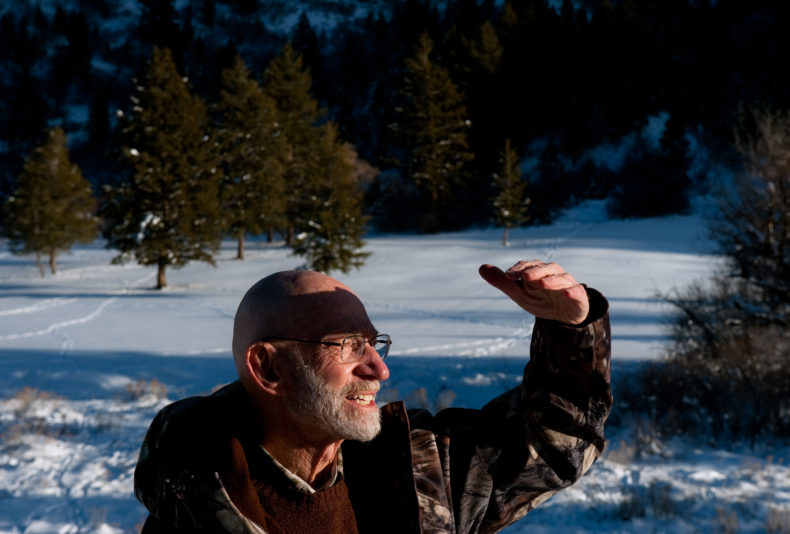
When one of the founders of conservation biology passed this week at 84, I heard it was peaceful, that he was ready. I imagine Michael Soulé’s heart and breath stopping and an incredible release of feathers and bones, colors of a million beetles, a rush of eyes of countless shapes.
You might say he ushered us into the sixth mass extinction, old guard, one of the first scientists to coin the term ‘biodiversity’. He has seen us across the threshold, a former Earth becoming a new one.
Soulé once thought the natural world could be saved, then resigned himself to the fact that it wouldn’t be, that we would do the opposite. He gave up on the human race long ago, at least our ability to turn the tide, especially for the sake of charismatic beasts, the megafauna, big-boned, standing on the horizon like memories on their way out. He believed, and he’s probably right, that we are at the end of the age of the great animals. Polar bears, elephants, whales, and most other creatures exceeding a hundred pounds are fading. He sees them no longer having opportunities to speciate, no room to mix their genes. We’ve fragmented their ecosystems and undercut most of their habitats, greasing their path to extinction.
“It’s not death I mind,” he once said. “It’s the end of life that bothers me.”
Continue reading